Spotify has changed how we listen to music, but many fans wonder why their favorite artists earn so little from the platform. The answer isn’t simple. It involves a complex payment model where revenue from subscriptions is pooled together and distributed based on stream counts. This system, combined with deals between Spotify and large record labels, often leaves artists with just a tiny fraction of a cent for each song played. This article breaks down exactly how the money flows.
Understanding Spotify’s Pro-Rata Payment System
Unlike buying a CD or a digital download, streaming music doesn’t involve a direct sale. Instead, Spotify uses what’s called a “pro-rata” or “market share” model. Think of it like a giant pool of money collected each month from all subscription fees and advertising revenue.
This pool is then divided among rights holders based on their share of the total streams. If an artist’s songs accounted for 1% of all streams on Spotify in a month, they and their rights holders would receive 1% of that revenue pool.
This means artists are not paid a fixed rate per stream. Their earnings depend on how many people streamed their music compared to everyone else on the platform. This system naturally favors artists who already have massive global followings.
Where Does the Money Actually Go?
When Spotify pays out from its revenue pool, the money doesn’t go directly to the artist. It first goes to the rights holders. This is a crucial distinction that explains why an artist’s final take-home pay is so small.
The payment chain involves multiple stakeholders, including record labels, publishers, songwriters, and producers. Record labels, in particular, play a huge role. They often negotiate their own deals with Spotify and take a significant percentage of the earnings to cover their costs for marketing, distribution, and advances paid to the artist.
By the time the money trickles down through all these layers, the artist is often left with only a small fraction of the initial payout. This complicated structure makes it difficult for many musicians to understand their true earnings from streaming.
How Much Do Artists Really Earn Per Stream?
While there is no official fixed rate, industry estimates place the payout to rights holders at between $0.003 and $0.005 per stream. This means an artist would need around 250,000 streams just to earn $1,000, and that money still needs to be split with labels and others.
Several factors can cause this tiny payment to fluctuate even more. An artist’s earnings are influenced by complex variables that make predicting income nearly impossible.
- Listener’s Location: Streams from countries with higher subscription fees or ad rates pay more than streams from other regions.
- Subscription Type: A stream from a Premium subscriber is worth significantly more than a stream from a user on the free, ad-supported tier.
- Label Agreements: The specific deal an artist’s record label has with Spotify can drastically alter the final payout rate.
Because of these variables, two artists with the same number of streams could end up with very different earnings reports.
How Spotify Stacks Up Against Competitors
Spotify is the market leader, but it doesn’t operate in a vacuum. Its payment model is often compared to other platforms, some of which offer more favorable terms for artists. While streaming generally pays less than direct sales, there are major differences between services.
The table below shows how Spotify’s estimated payout compares to some of its biggest competitors in the music space.
| Platform | Payout per Stream (Estimated) |
|---|---|
| Spotify | $0.003 – $0.005 |
| Apple Music | $0.007 – $0.01 |
| YouTube | $0.00069 – $0.001 |
| Bandcamp | Varies (up to 85% of sale) |
Platforms like Bandcamp allow artists to sell digital albums and merchandise directly to fans, giving them a much larger share of the revenue. For example, an artist might receive $7 from a single $10 album sale on Bandcamp, a sum that would require thousands of streams on Spotify to match.
The Uphill Battle for Lesser-Known Artists
The streaming economy heavily favors those who are already popular. Because the pro-rata model rewards high stream counts, major global superstars command a massive portion of the revenue pool. This leaves a much smaller slice of the pie for millions of emerging and independent artists.
Spotify’s algorithms and curated playlists, like “Today’s Top Hits,” can further widen this gap. These influential playlists are dominated by major label artists, making it incredibly difficult for new musicians to get the visibility needed to gain traction.
As a result, many artists view Spotify not as a primary source of income, but as a marketing tool. The exposure can help them build a fanbase that they can then monetize through other means.
How Artists are Adapting to Survive
Given the low payouts from streaming, musicians have been forced to get creative to build sustainable careers. Relying solely on Spotify income is not a viable option for the vast majority of artists. Instead, they are diversifying their revenue streams to create a more stable financial foundation.
Building a direct relationship with fans is now more important than ever. By moving beyond streaming platforms, artists can create loyal communities that are willing to support them financially.
- Live Performances: Touring and playing shows remain one of the most significant sources of income for musicians.
- Merchandise Sales: Selling t-shirts, vinyl records, and other merchandise directly to fans, especially at concerts, provides a much higher profit margin.
- Crowdfunding and Subscriptions: Platforms like Patreon allow fans to directly support their favorite artists with monthly subscriptions in exchange for exclusive content.
- Licensing: Getting a song placed in a movie, TV show, or advertisement can result in a substantial one-time payment.
Frequently Asked Questions
Why is Spotify’s pay so low compared to buying an album?
Spotify’s streaming model pays artists a fraction of a cent per stream based on a shared revenue pool. In contrast, buying an album is a direct sale where the artist receives a much larger, fixed percentage of the price, often several dollars per unit sold.
How does Spotify calculate what to pay an artist?
Spotify uses a pro-rata system. It collects all the money from subscriptions and ads into a single pot, then pays rights holders based on their percentage of the total streams on the platform during a specific period.
Do bigger artists really make more money on Spotify?
Yes. Popular artists with millions of streams command a larger share of the total revenue pool. Additionally, major record labels often negotiate more favorable payout rates for their artists, widening the income gap between superstars and independent musicians.
Is it possible to live off Spotify streams alone?
For a very small number of elite artists, it is possible. However, due to the low per-stream payouts, the vast majority of musicians cannot make a sustainable living from Spotify alone and must rely on other income sources like touring and merchandise sales.
What are other ways for musicians to make money?
Artists can earn money through live performances, selling merchandise, licensing their music for use in media, and using fan-funding platforms like Patreon. These diverse revenue streams are crucial for building a sustainable career in music today.


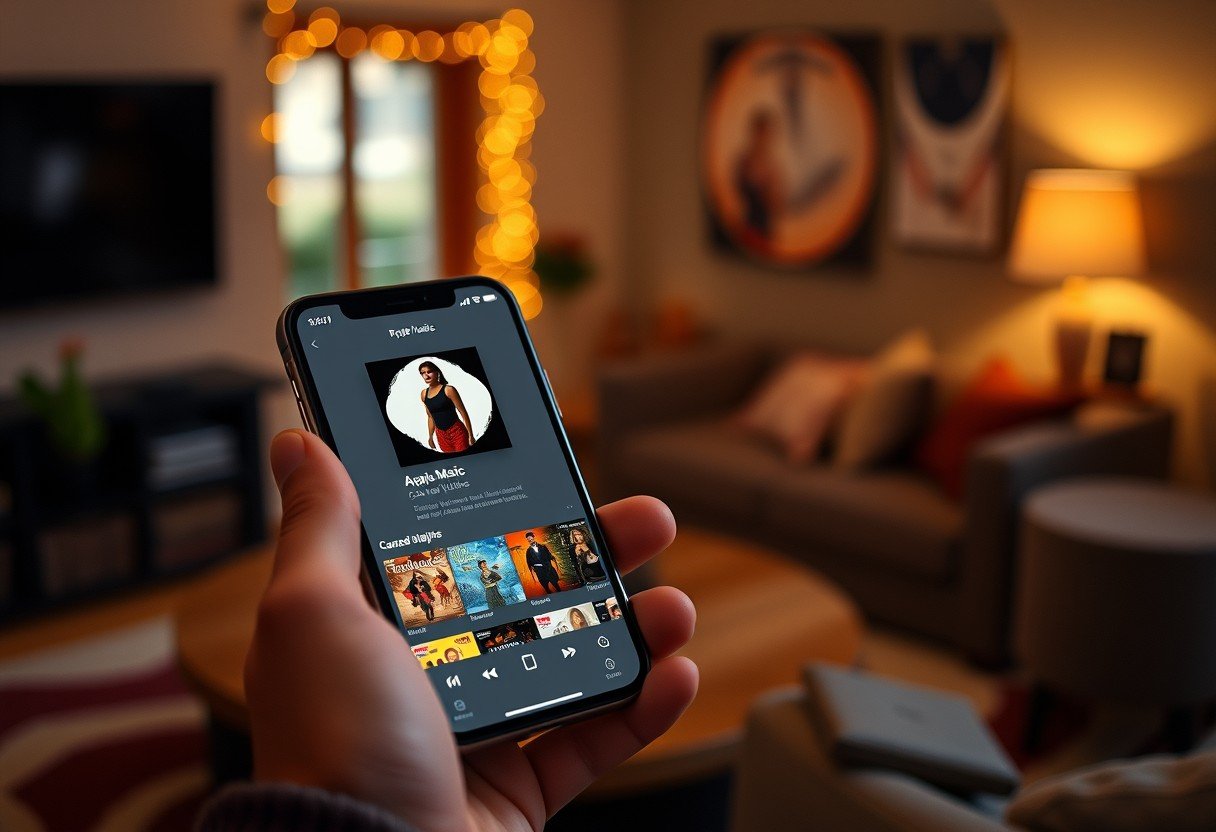
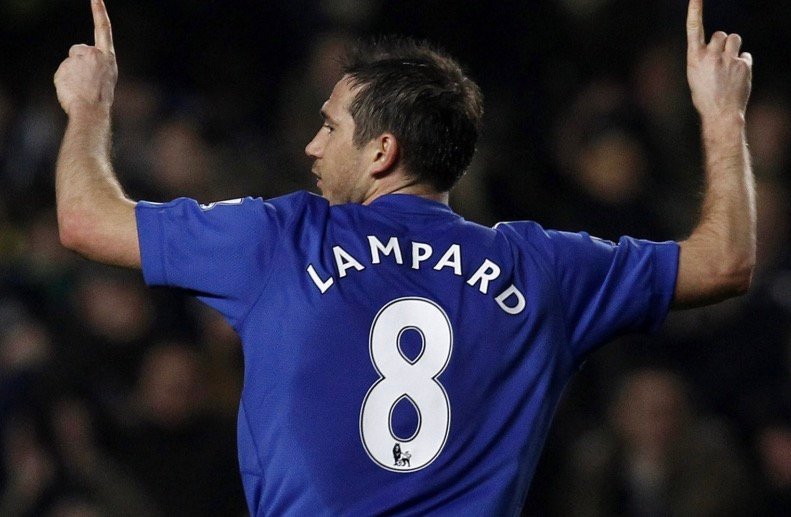
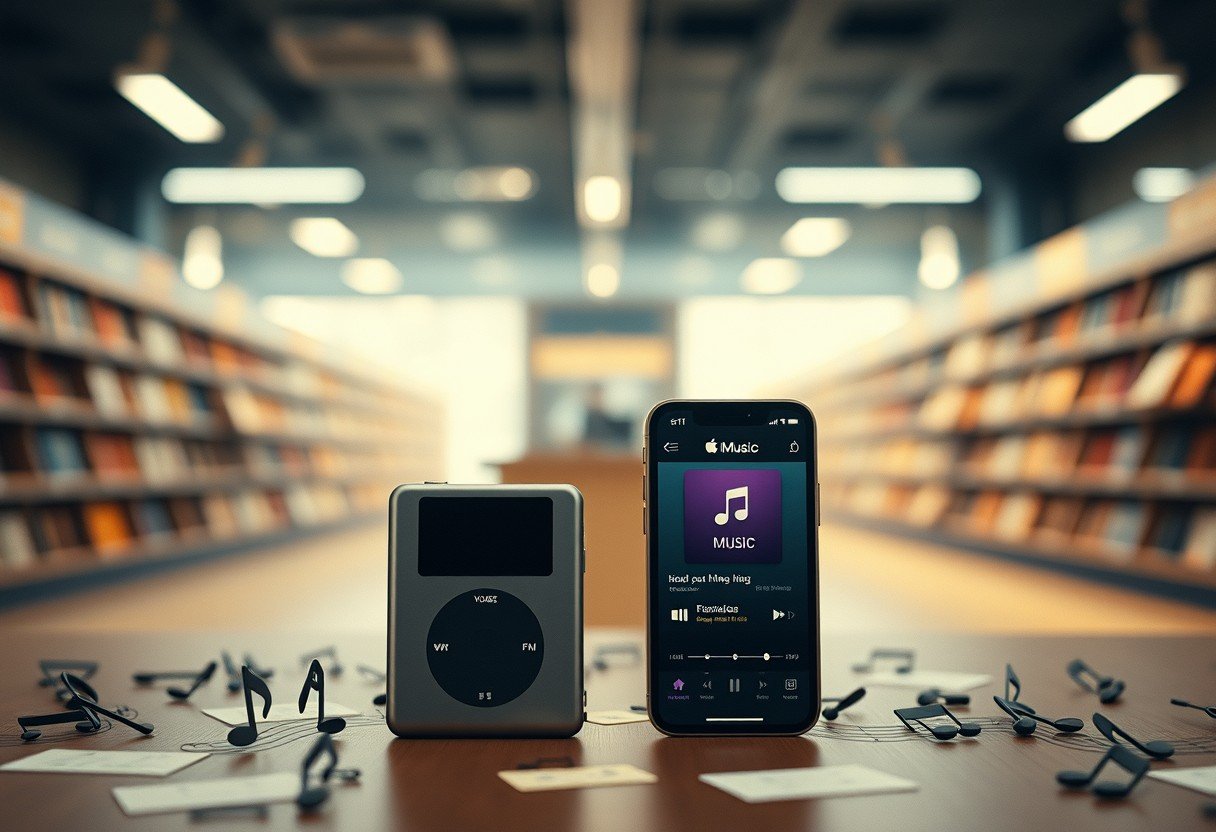
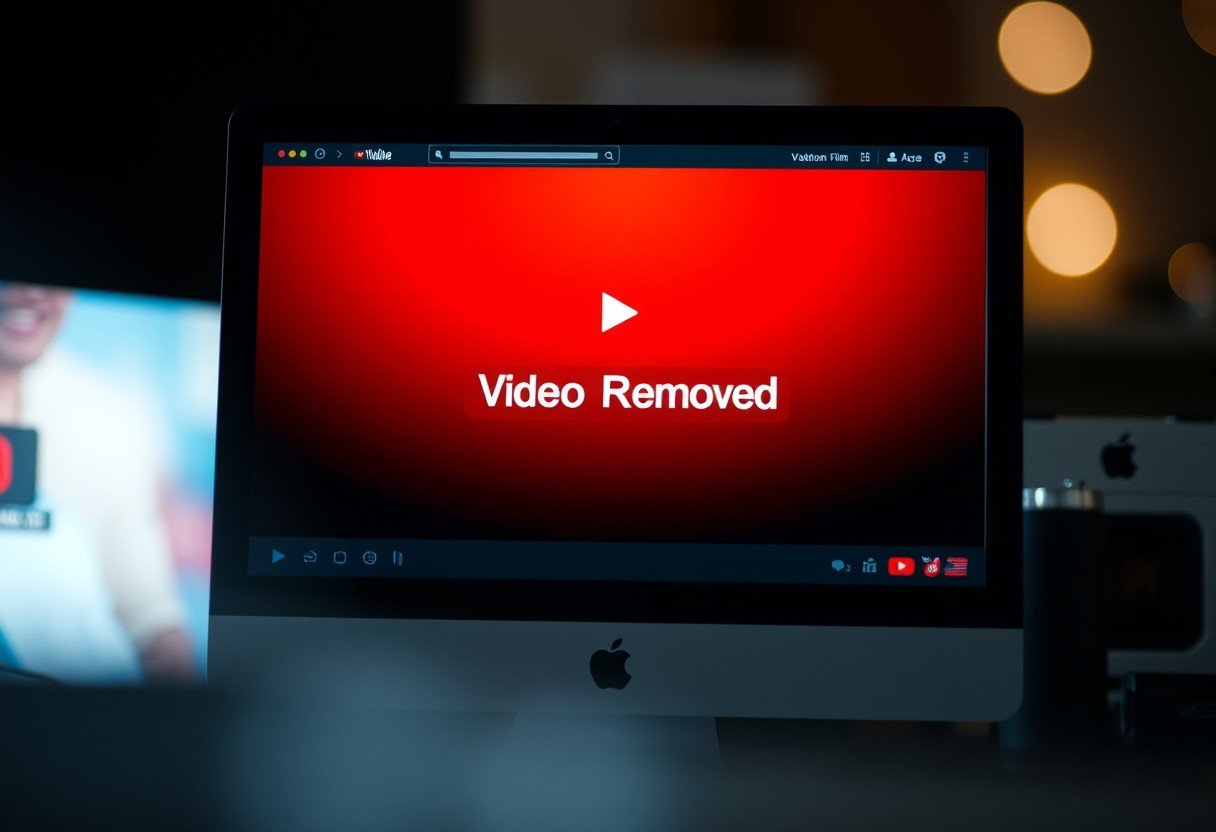


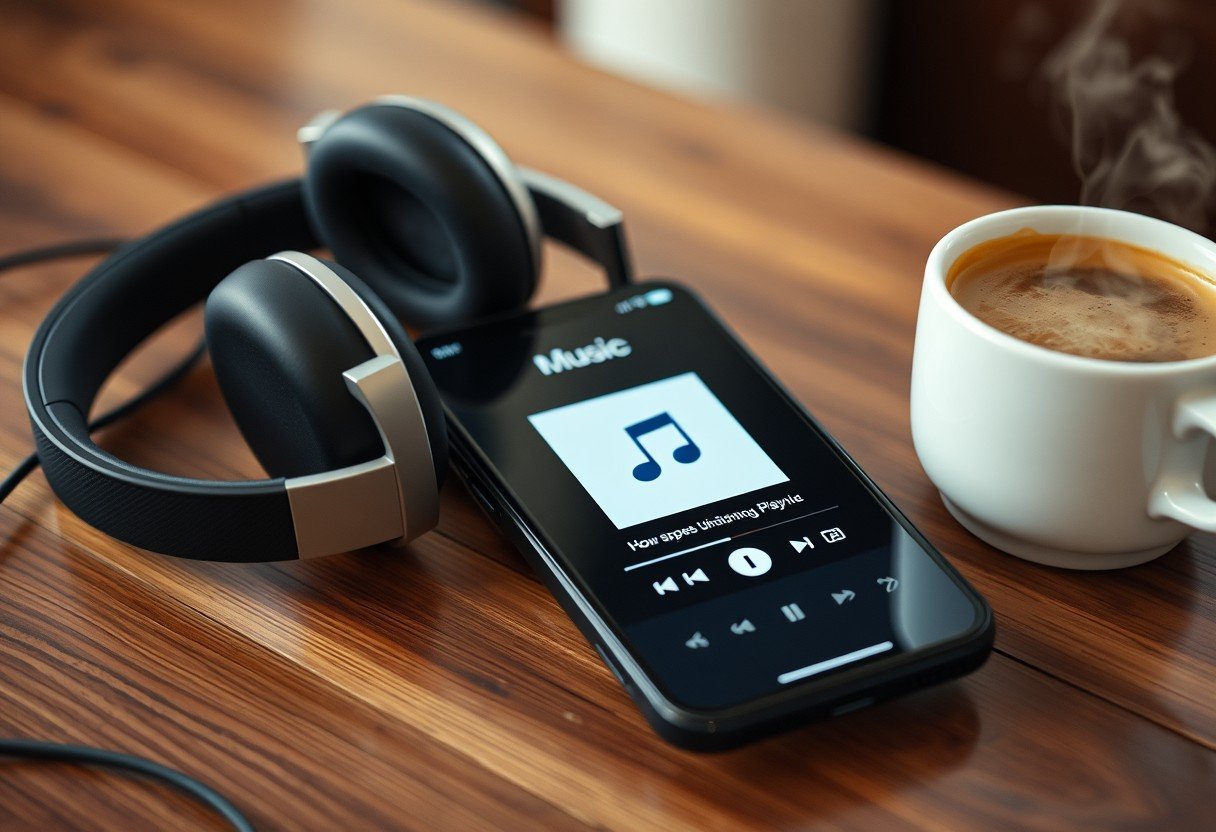
Leave a Comment